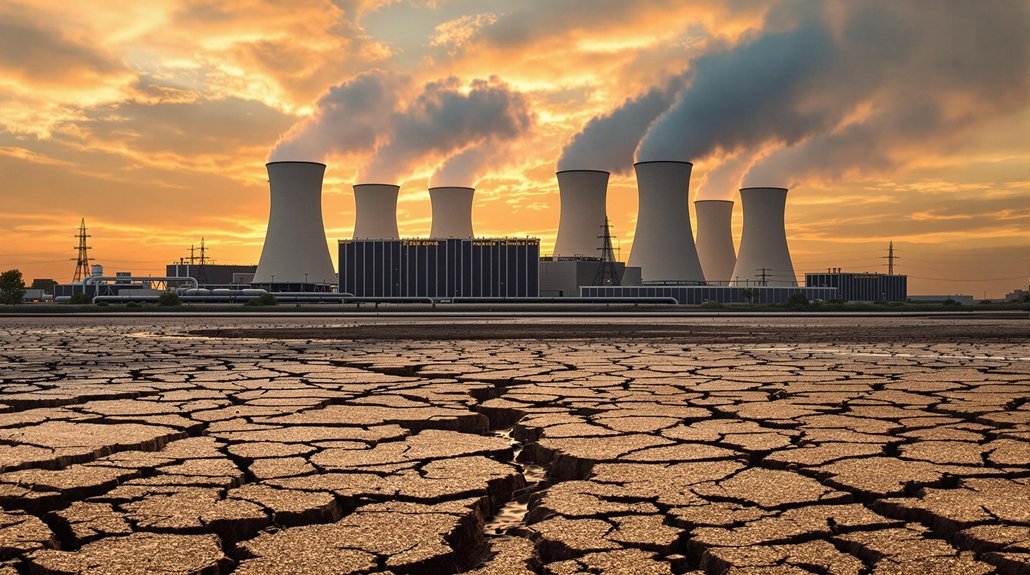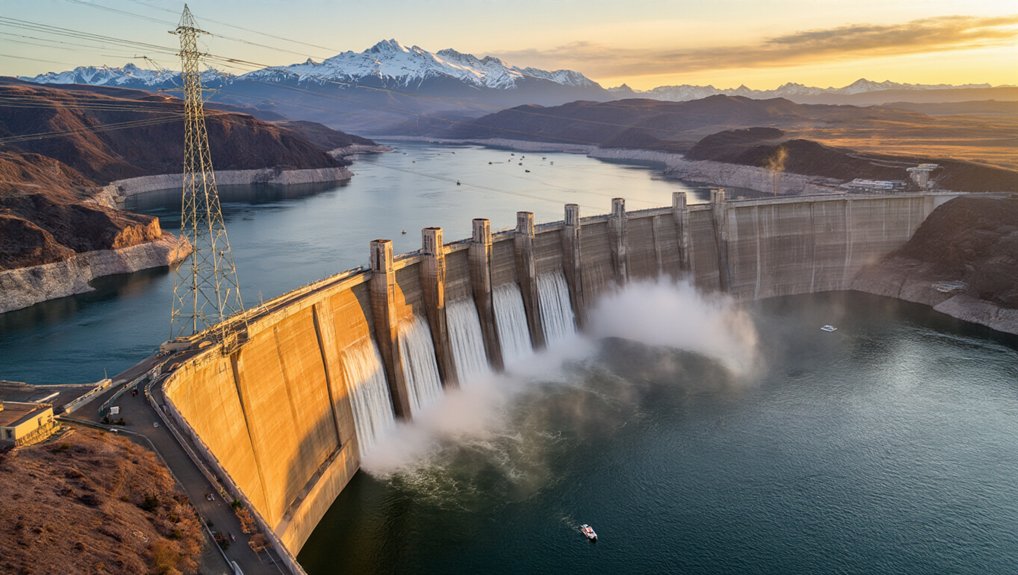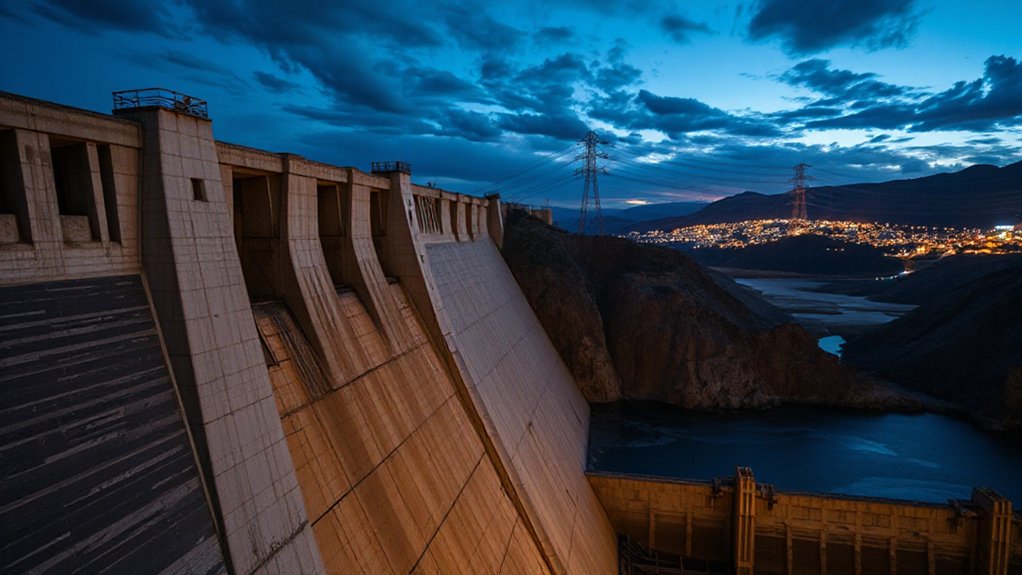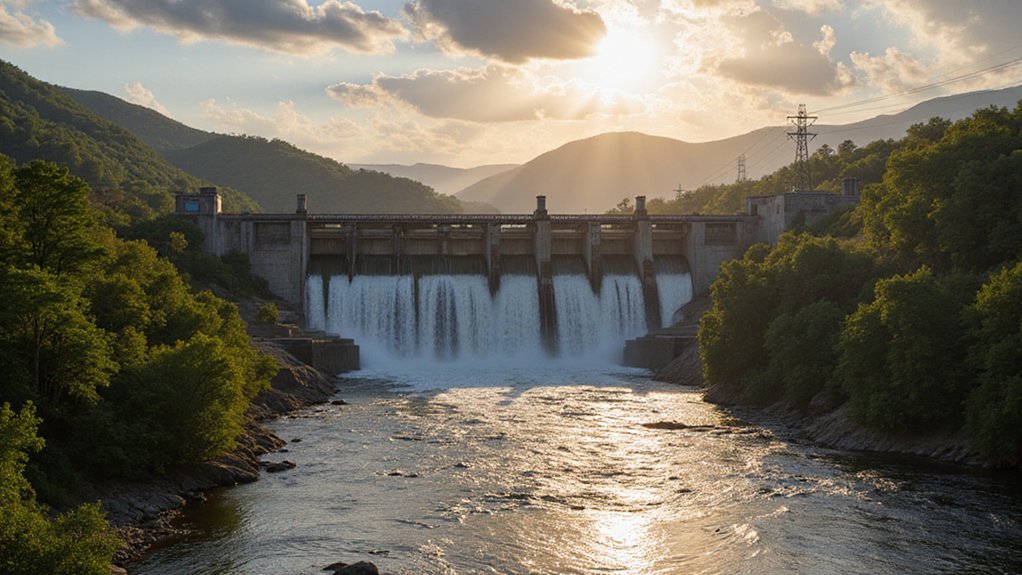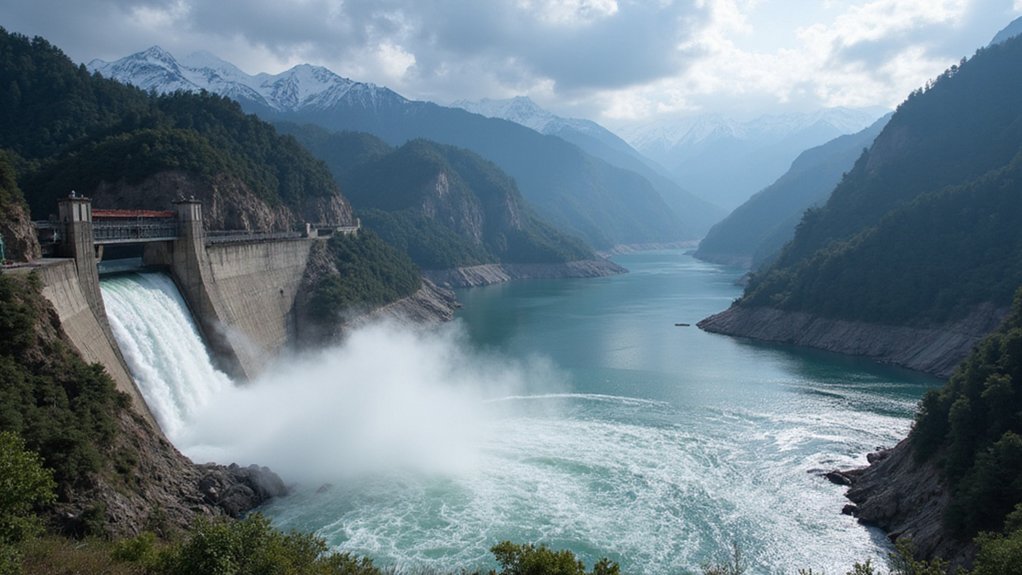A $2 billion pumped-storage hydropower project near Craig has opened its public comment period until May 26. The massive facility promises 600 megawatts of power with eight hours of storage capacity. It’ll create up to 500 construction jobs and 40 permanent positions—not bad for a coal town facing change. Environmental impact? Minimal, thanks to its closed-loop design. County officials see it as essential diversification. Your opinion might actually matter on this one.
While Craig’s coal industry faces its inevitable sunset, a massive $2 billion pumped-storage hydropower project is gearing up to reshape the region’s economic future. The ambitious plan, located southeast of Craig, Colorado, aims to construct a closed-loop system featuring two artificial reservoirs capable of generating 600 megawatts of electricity with eight hours of storage capacity.
The Federal Energy Regulatory Commission (FERC) has opened a public comment period until May 26, inviting residents to weigh in on this game-changing development. About 40 locals showed up at a recent community meeting to hear the details—not exactly a stadium crowd, but hey, it’s Craig.
Construction would take 5-6 years, creating 300-500 temporary jobs and eventually 30-40 permanent positions. The project, developed by Salt Lake City-based rPlus Energies LLC, includes two reservoirs covering approximately 170 acres. This proposal mirrors Xcel Energy’s approach to achieving 100% carbon-free power by 2050 through similar pumped-storage technology. Not too shabby for a community watching its coal jobs evaporate faster than morning dew in July. The project promises to pump considerable property tax revenue into Moffat County coffers, a welcome financial cushion for a region bracing for economic impact.
The multi-year project offers a lifeline of jobs and tax revenue as coal’s sunset looms over Craig.
The hydropower system operates fundamentally as a massive battery. During low-demand periods, water gets pumped uphill to a reservoir. When electricity is needed? Down it rushes, generating power. Simple physics, really. The timing couldn’t be better, with existing coal plants set to close by 2030.
Environmental considerations seem promising. The closed-loop design minimizes disruption, and the system will connect to existing transmission lines. With a potential lifespan of 50-100+ years, this hydropower facility represents a long-term sustainable solution for the region. At $2,000 per kilowatt, it’s not the cheapest renewable option out there—but its storage capability makes it uniquely valuable.
County commissioners are actively backing the initiative, recognizing it as a critical piece in their economic diversification puzzle. The project aligns with nationwide trends toward renewable energy infrastructure.
For a community staring down the barrel of coal’s decline, this hydro project represents more than just watts and dollars. It’s about survival. Whether Craig residents choose to voice their support, concerns, or questions during this comment period could greatly shape their hometown’s future.

